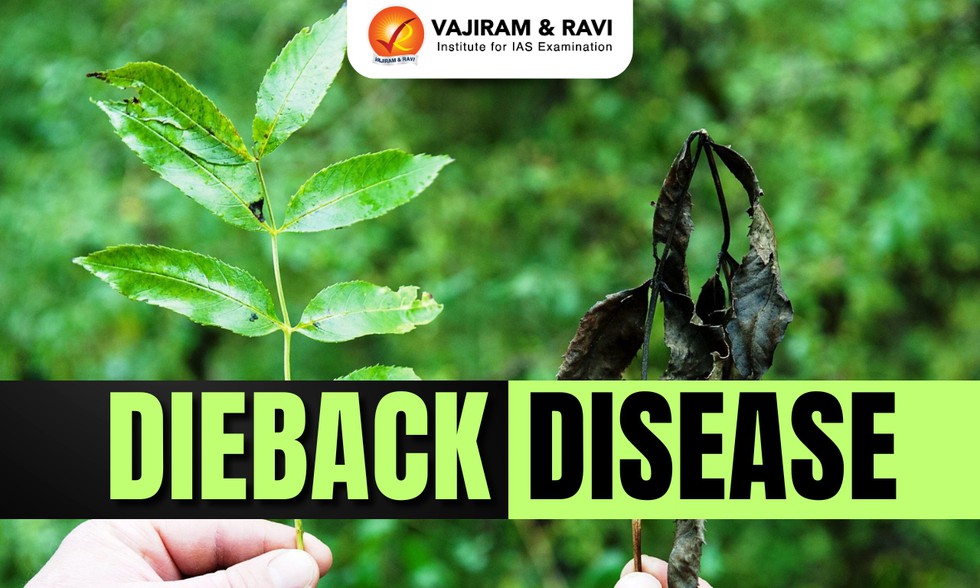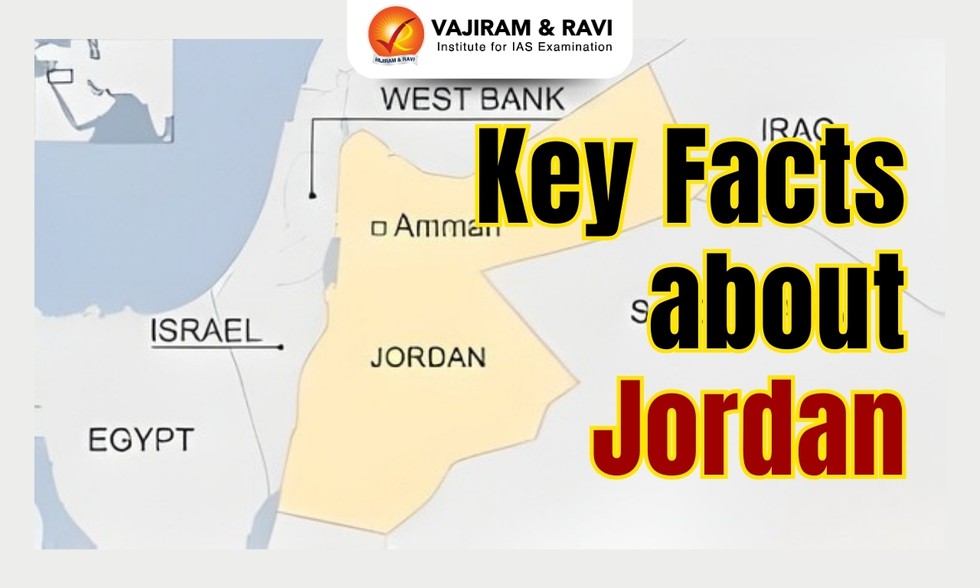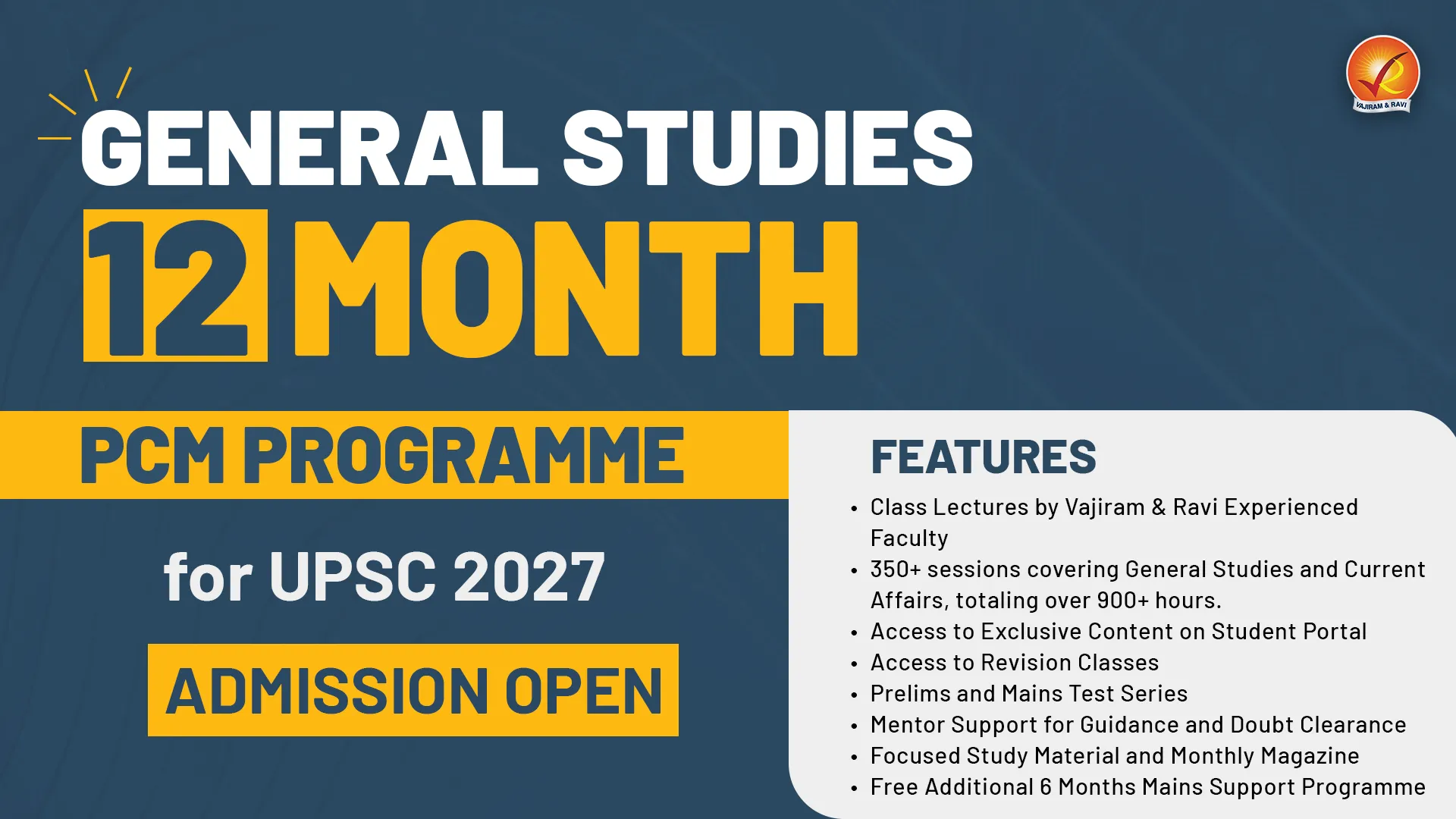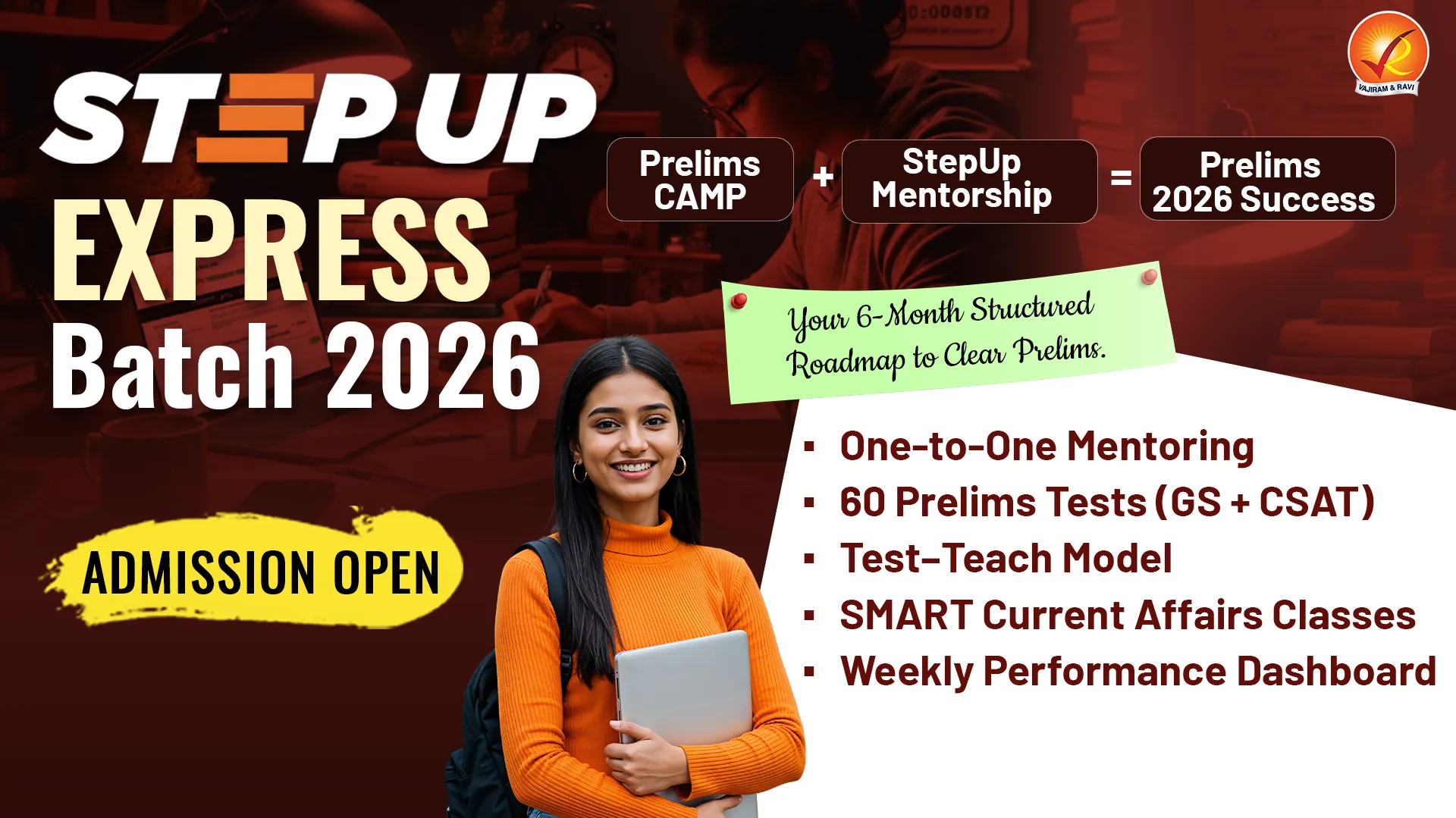Upcoming Mentoring Sessions
Learning Support Session - ANSWER writing MASTER Session
Learning Support Session - How to Read Newspaper?
Mastering Art of writing Ethics Answers
Mastering Art of Writing Social Issues Answers
Answer Review Session
RMS - Economy 11 - Infrastructure
RMS - Art & Culture 3
RMS - Polity 7 - Parliament 3
RMS - Geography - Indian Physiography - 2
RMS - Economy 10 - Agriculture
RMS - Polity 7 - Parliament 2
RMS - Geography - Indian Physiography
RMS - Polity 7 - Parliament 1
RMS -Economy 9 - Fundamentals of Indian Economy
RMS - Geography 5 - Major Landforms
RMS - Art & Culture 2
RMS - Geography 4 - Volcanoes, Volcanic Landforms and Rocks
RMS - Polity 6 - Judiciary 2
RMS - Economy 8 - Trade and Important Government Schemes
RMS - Geography 3 - Evolution of Oceans and Continents
RMS - Economy 7 - Inflation
RMS - Polity 6 - Judiciary 1
RMS - Geography 2 - Basic Concepts of Universe & Earth Interior
RMS - Art & Culture 1
RMS - Economy 6 - Balance of Payment
RMS - Geography 1 - Geomorphic Processes
RMS - Polity 5 - Constitutional & Non-Constitutional Bodies
Mentoring Session - UPSC Form Filling
RMS - Economy 5 - Financial Markets
RMS - Polity 4 - Fundamental Rights - P3
RMS - Economy 4 - Fiscal Policy and Budgeting
RMS - History 2 - From 1765 to 1858 - P2
RMS - Polity 4 - Fundamental Rights - P2
RMS - Economy 3 - Taxation
RMS - Polity 4 - Fundamental Rights-P1
RMS - History 1 - European Penetration to Battle of Buxar
RMS - Economy 2 - Money & Banking - P2
Mentoring Session (2024 - 25) - How to Write an ESSAY?
Social Issues Doubts and Mentoring Session
Ethics & Essay Doubts and Mentoring Session
Geography & Environment Doubts and Mentoring Session
History Doubts and Mentoring Session
Economy & Agriculture Doubts and Mentoring Session
Online Orientation Session
How to Read Newspaper and Make Notes?
Mains Support Programme 2025-(2)
Mains Support Programme 2025- (1)
Polity & International Relations Doubts and Mentoring Session
Mentoring Sessions (2024-25) - How to DO REVISION?
RMS - Polity - Parliament 3
Learning Support Session - How to Start Preparation?
RMS - Geography - World Mapping
RMS - Polity - Parliament 2
Prelims 2024 Strategy Session
RMS - Polity 3 - Union & its Territories and Citizenship
RMS - Geography - Major Landforms
RMS - Polity 2 - Preamble
RMS - Economy 2 - Money & Banking - P1
Mentoring Session (2024-25) - How to Make Notes?
RMS - Polity 1 - Constitution & its Salient Features
General Mentoring Session (GMS )
RMS - Modern History - Constitutional Developments - Important Acts in British India
Mentoring Session (2025-26) - How to write an Answer?
RMS - Economy 1 - Fundamentals of Economy and NIA
Current Affairs
Dec. 15, 2025
What is Dieback Disease?
The withering of thousands of neem trees over some years had prompted the Mulugu-based Forest College & Research Institute (FCRI), to launch a comprehensive scientific probe into the devastating "dieback disease."

About Dieback Disease:
- It is a fungal disease which kills a wide variety of plants.
- It is responsible for causing wilting and browning of leaves from the tip of the branch, stem canker, and fruit rot.
- It was first reported in the country during the 1990s in Uttarakhand.
- The dieback fungus belongs to the genus Phytophthora
- Mode of spread:
- The fungus is spread through the movement of soil and mud, especially by vehicles and footwear.
- It also moves in free water and via root-to root contact between plants.
- The fungus lives in susceptible plant tissue and soil, and migrates and reproduces in warm, moist conditions.
- Infected roots cannot provide the water and nutrients needed to maintain life, and the plants die from dehydration.
- It causes almost 100% loss of fruit production in severely infected trees.
- Where the disease occurs, the native vegetation can become devastated, and the delicate fabric of ecosystems seriously impaired; certain species can disappear from the area.
- The appearance of symptoms starts with the onset of the rainy season and becomes progressively severe in the later part of the rainy season and early winter.
- There is no known cure for the disease.
Science & Tech
Current Affairs
Dec. 15, 2025
Man-Portable Air Defence Systems (MANPADS)
The Indian Army is undertaking a major strategic shift in its air defence operations, repurposing its Man-Portable Air Defence Systems (MANPADS) to specifically counter the rising threat of sub-sonic cruise missiles.

About Man-Portable Air Defence Systems (MANPADS):
- MANPADS are surface-to-air missiles that can be fired by an individual or a small team of people against aircraft.
- These weapon systems often are described as shoulder-fired anti-aircraft missiles.
- The United States and the Soviet Union first deployed MANPADS—the Redeye and Strela systems, respectively—in the 1960s to provide their infantries with portable anti-aircraft weapons.
- The militaries of many countries across the world operate MANPADS, although only few countries, including India, produce them.
- The most famous MANPADS are the US-made ‘Stinger’ and the Soviet 9K32 Strela-2, or simply ‘SA-7' with the China-made ‘FN-16’ being the latest entrant.
- Three general types of MANPADS exist: command line of sight, laser guided, and infrared seekers.
- Command line-of-sight MANPADS are guided to their targets through the use of a remote control.
- Laser-guided or laser beam rider MANPADS follow a laser projected onto the target.
- The most common MANPADS, frequently called heat seeking missiles, however, are infrared seekers that acquire their target by detecting the heat of an aircraft’s engine.
- Most MANPADS consist of:
- a missile packaged in a tube;
- a launching mechanism (commonly known as a “gripstock”); and
- a battery.
Science & Tech
Current Affairs
Dec. 15, 2025
Key Facts about Gulf of Oman
Iran recently seized an oil tanker in the Gulf of Oman, Iranian media said recently, adding that 18 crew members from India, Sri Lanka, and Bangladesh were on board.

About Gulf of Oman:
- The Gulf of Oman, also known as the Gulf of Makran, is the northwest arm of the Arabian Sea.
- It forms the only entrance to the Persian Gulf from the Indian Ocean.
- It connects the Arabian Sea with the Strait of Hormuz, which then empties into the Persian Gulf.
- Bordering Countries: It is bordered by Pakistan and Iran in the north, by the United Arab Emirates in the west, and by Oman in the south.
- The gulf is relatively shallow because of its origin as a fissure in the mountain spine now divided between Iran and Oman.
- Some of the significant islands that are located in the Gulf of Oman include Sheytan Island, Al Fahal Island, Dimaniyat Islands, and the Sawadi Islands.
- The major international shipping ports that are situated in the Gulf of Oman include Port Sultan Qaboos Muttrah in Muscat, Oman; Chabahar Port in Iran; the Port of Fujairah and Khor Fakkan Container Terminal in the United Arab Emirates.
- Roughly one-third of the world’s oil is exported via the Strait of Hormuz and the Gulf of Oman.
Geography
Current Affairs
Dec. 15, 2025
Chakrashila Wildlife Sanctuary
Community-led conservation efforts at the Chakrashila Wildlife Sanctuary have successfully restored wild honey bee colonies and revitalized associated wildlife.

About Chakrashila Wildlife Sanctuary:
- It is locatеd in thе Kokrajhar and Dhubri districts of Assam.
- The sanctuary is well-known as the second protected habitat for the endangered golden langur.
- There are two lakes (Dheer Beel and Diplai Beel) on either side, which are integral to the ecosystem of the sanctuary.
- Flora:
- The vegetation of the sanctuary is predominantly tropical moist deciduous forests, mixed deciduous forests, and semi-evergreen forests.
- Sal tree is a dominant tree in this forest.
- Fauna:
- It is home to various species, including elephants, tigers, leopards, clouded leopards, sambar deer, barking deer, and gaur.
- The sanctuary is also home to several species of birds, including the endangered Bengal Florican, Great Hornbill, and White-winged Wood Duck.
Environment
Current Affairs
Dec. 15, 2025
Key Facts about Moei River
Promises of data-entry jobs drew young men from the State of Gujarat across the Moei River into Myanmar’s alleged cyber-fraud compounds.

About Moei River:
- The Moei River, known in Myanmar as the Tonge Yin River, is an important river in northern Thailand.
- It is a tributary of the Salween River.
- Source:
- Originates in the Tenasserim Hills (Myanmar–Thailand border region)
- Unlike most rivers in Thailand, the Moei River flows north in a northwest direction.
- It flows to the north of Thailand before joining the Salween River in Myanmar.
- This river serves as a natural border between Thailand and Myanmar.
- Key Towns Along the River:
- Mae Sot (Thailand)
- Myawaddy (Myanmar)
- Historically, the Moei River was a key waterway for communication and transporting goods between Thai and Burmese communities.
Source : Crossing a river into cyber slavery
Geography
Current Affairs
Dec. 15, 2025
Key Facts about Jordan
Recently, the Prime Minister of India has embarked on a three-nation visit to Jordan, Ethiopia and Oman.

About Jordan:
- Location: It is a landlocked country located in the rocky desert of the northern Arabian Peninsula.
- Bordering Countries: It is bordered by 5 Nations: Syria in the north, Iraq in the east, Saudi Arabia in the south and southeast and Israel and Palestine in the west.
- Surrounding Water bodies: Dead Sea, the Gulf of Aqaba and the Sea of Galilee.
- Ports: Al-Aqabah, the only port of Jordan is located in the south-western part of the country along the coasts of the Gulf of Aqaba.
- Capital City: Amman
- Geographical Features of Jordan:
- Terrain: It has arid desert plateau; a great north-south geological rift along the west of the country is the dominant topographical feature.
- Highest Point: Jabal Umm ad Dami is the highest point of Jordan.
- Rivers: Its main river is Jordan River which drains into the Dead Sea.
- Natural Resources: It mainly consists of phosphates, potash and shale oil.
Geography
Current Affairs
Dec. 15, 2025
Perumbidugu Mutharaiyar
Recently, a commemorative postage stamp in honour of the king Perumbidugu Mutharaiyar II (Suvaran Maran) was released by Vice President of India.

About Perumbidugu Mutharaiyar:
- Perumbidugu Mutharaiyar (705 AD-745 AD), also known as Suvaran Maran, was a ruler of the Mutharaiyar lineage.
- Suvaran Maran was also known as Shatrubhayankar.
- Perumbidugu Mutharaiyar fought several battles alongside the Pallava king Nandivarman, and is remembered as a great administrator.
- He seems to have patronised Shaivya and other scholars.
- As a Jain monk Vimalachandra visted his court.
Who are Mutharaiyars?
- They were the feudatories of the Pallavas.
- As the Pallavas’ rule weakened, many such chiefs earned more power and prominence and were treated as rulers in their own right.
- The Mutharaiyars held sway over areas including Thanjavur, Pudukkottai, Perambalur, Tiruchirappalli, and others near the Cauvery river.
- As the feudatories of the Pallavas, the Mutharaiyars were great temple builders.
- They were “engaged in cave temple enterprises up to the opening decades of the ninth century.
History & Culture
Current Affairs
Dec. 15, 2025
Ramappa Temple
Recently, ambassador and Permanent Representative of India to UNESCO-Paris visited the Ramappa Temple and reviewed the preservation and conservation efforts undertaken by the Archaeological Survey of India (ASI) and the State government.

About Ramappa Temple:
- It is located in the state of Telangana.
- It was constructed in 1213 AD during the reign of the Kakatiya Empire by RecharlaRudra, a general of Kakatiya king Ganapati Deva.
- The presiding deity here is RamalingeswaraSwamy.
- It is also known as the Rudreshwara Temple.
- It got its name Ramappa because of its chief sculptor Ramappa.
- It is probably the only temple in India that is named after the architect.
- Architectural features:
- The temple stands on a 6 feet high star-shaped platform with walls, pillars and ceilings adorned with intricate carvings that attest to the unique skill of the Kakatiyan sculptors.
- Earthquake-proof: Made out of clay mixed with acacia wood, chaff and myrobalan fruit (a family of amla), the bricks used in building the gopuram of the temple are light enough to float on water.
- Using this technique has made the temple light, meaning, in case of a natural event like an earthquake, the probability of it collapsing would be very low.
- Sandbox technique: The temple construction was done using the sandbox technique. This is a technique where the foundation pit is filled with a mixture of sand-lime, jaggery and black myrobalan fruit.
- This mix acts as a cushion in case of earthquakes.
- In 2021, the temple was inscribed as a UNESCO World Heritage Site as “Kakatiya Rudreshwara (Ramappa) Temple, Telangana”.
History & Culture
Current Affairs
Dec. 15, 2025
Dandami Madia Tribe
Recently, members of the Dandami Madia tribe perform the traditional Bison Horn Maria dance during a village festival at Judiya Para in Jagdalpur.

About Dandami Madia Tribe:
- Dandami Maria, also known by other names like Bison Horn Maria and Khalpati Maria, is a tribal community of Chhattisgarh.
- They have derived their name from their unique custom of wearing a distinctive head-gear, which resembles the horns of a wild bison.
- They generally wear head-gear during ceremonies.
- They identify themselves as part of the larger Gond tradition.
- Language: The main distinct language spoken by this tribe is Dandami Maria. Some of them speak Gondi dialects, which is an oral language of Dravidian origins.
- Society and Customs of Dandami Madia Tribe:
- Economy: They practice agriculture, supplemented by hunting and fishing.
- Belief: Their belief is a combination of Hinduism with Animistic beliefs.
- Their ghotul (youth dormitory for unmarried boys and girls) is an important social institution.
- They perform the traditional Bison Horn Maria dance.
Geography
Current Affairs
Dec. 15, 2025
Red-Shanked Douc Monkey
Recently, customs officials at the Kempegowda International Airport (KIA) arrested a passenger who was smuggling two red-shanked douc monkeys.

About Red-Shanked Douc Monkey:
- It is an Old World monkey which is considered as a “Queen of primates”.
- Habitat: They occur in subtropical and tropical broadleaf evergreen or semi-deciduous forests and to a lesser extent in secondary evergreen and mixed bamboo forests.
- Distribution: Red-shanked doucs are found in Southeast Asia mainly in Vietnam, Southern Laos and Cambodia.
- Characteristics of Red-Shanked Douc Monkey:
- Appearance: It is referred to as “the costumed ape,” the red-shanked douc langur is among the most colorful of primates.
- These are arboreal, herbivores and diurnal monkeys that eat and sleep in the trees of the forest.
- Communication: They communicate with each other using various facial expressions.
- Conservation Status: IUCN: Critically Endangered
- Threats: Hunting is the main threat – for subsistence use and traditional medicine – they are also hunted for the international pet trade.
Environment & Ecology


































